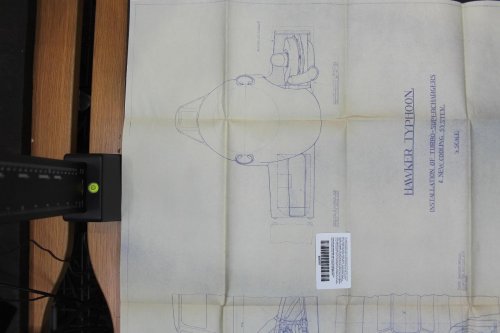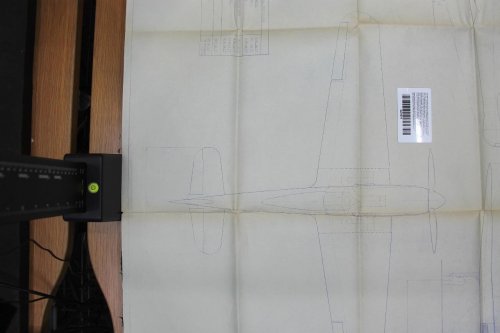JFC Fuller said:
The Tempest I was cancelled because Napier abandoned the Sabre IV due to development issues. As far as I am aware this was a case of either or, not of additional engines/aircraft as there was not a planned increase in Sabre output. Those 400 aircraft became Tempest Vs.
For the record, Ministry of Aircraft Production preferred the Sabre- because the two plants associated with it were up and running at full tilt. It was the Air Ministry that wanted the Centaurus.
JFCF,
Do you know if the Air Ministry wanting the Centaurus - for the Tempest - was related to the fact
that the Tempest design was amenable to accommodation of the Bristol mill, whereas the Typhoon,
(then in full production/operational service/attrition) was limited to Sabre use only?
How many Centaurus mills did Bristol actually get in to WW2 wartime combat service - in any airframe?
Is it known why the FAA, went with the Centaurus, even though the likes of Firefly & Seafire were
using the Griffon, as intended?
Was it due to the Fury prototypes running the Griffon not performing so well?
Or was there a contra-deal with R-R & Griffons going to the Shackleton instead?
The whys & wherefores of the British aero-engine market share/operational use are curiously complex..
Addit: Are the numbers of the 'big three' British piston aero-engines produced definitively known?
AFAIR, numbers built Griffon ~8,500, Sabre ~6,000 & Centaurus ~2,500 (Centaurus figures, from-Wikipedia).







